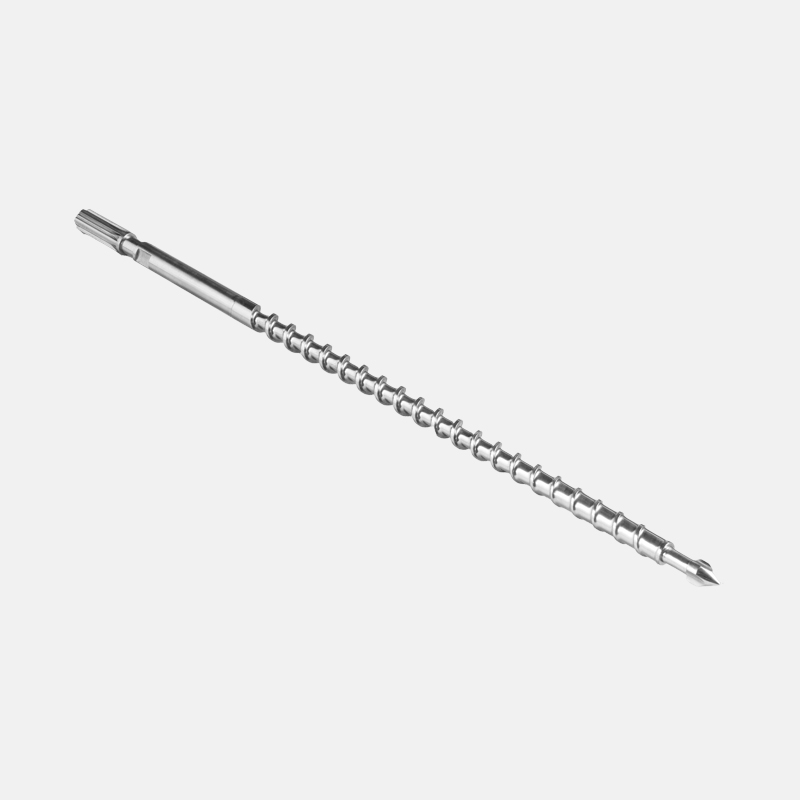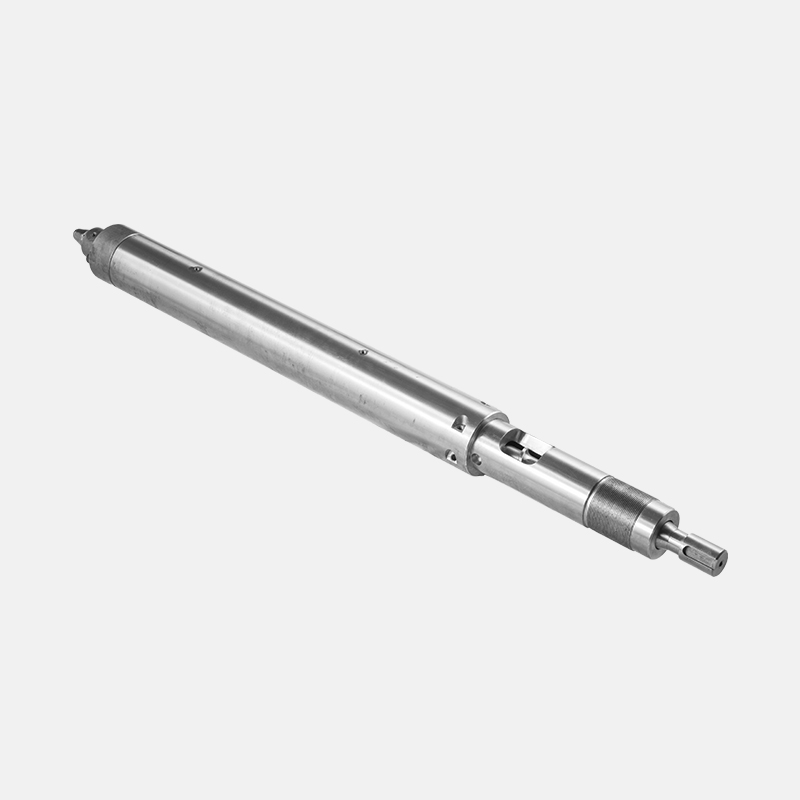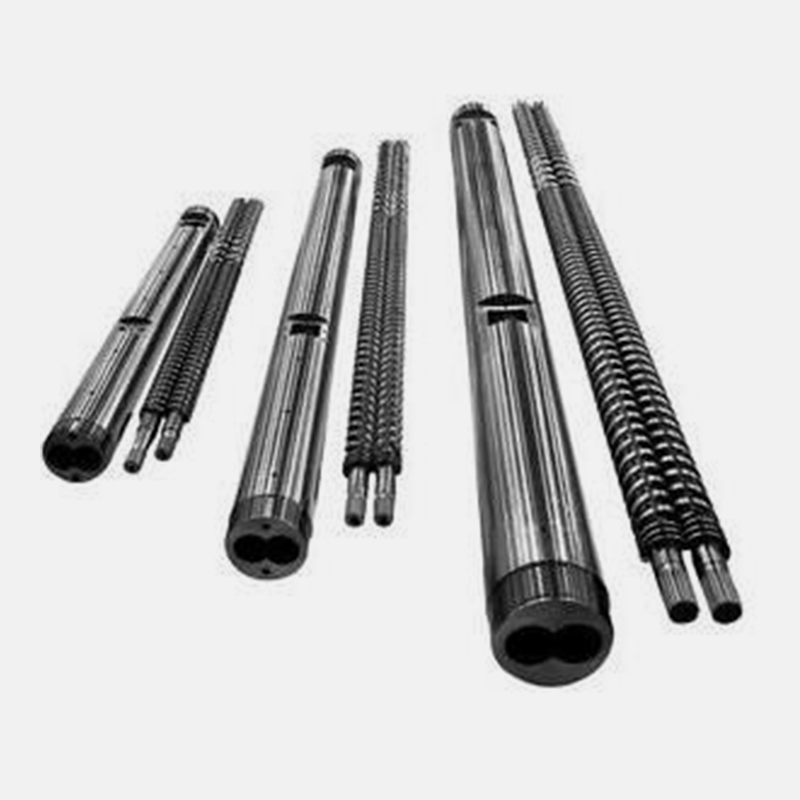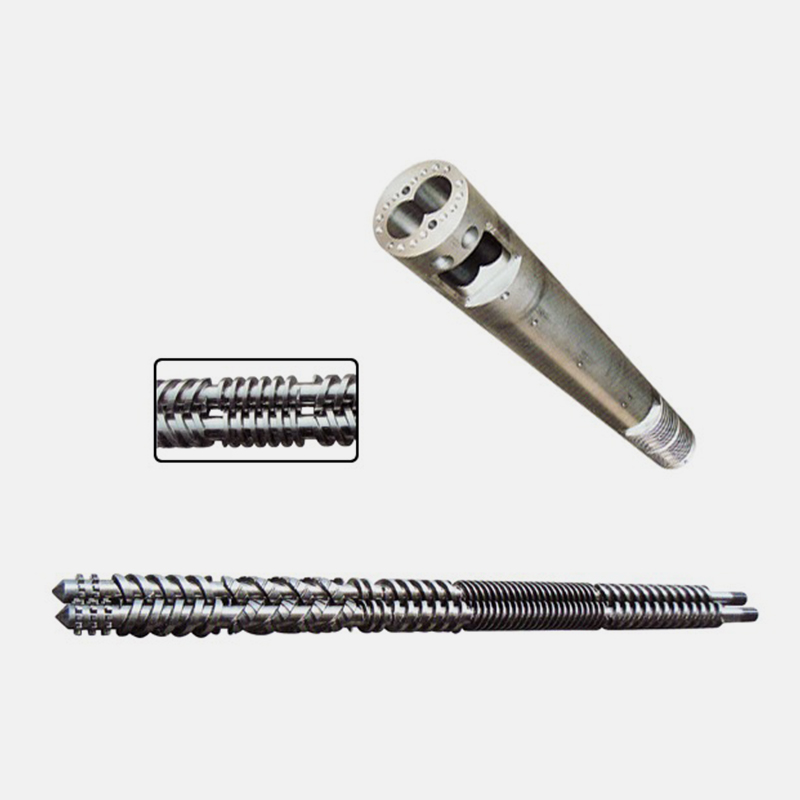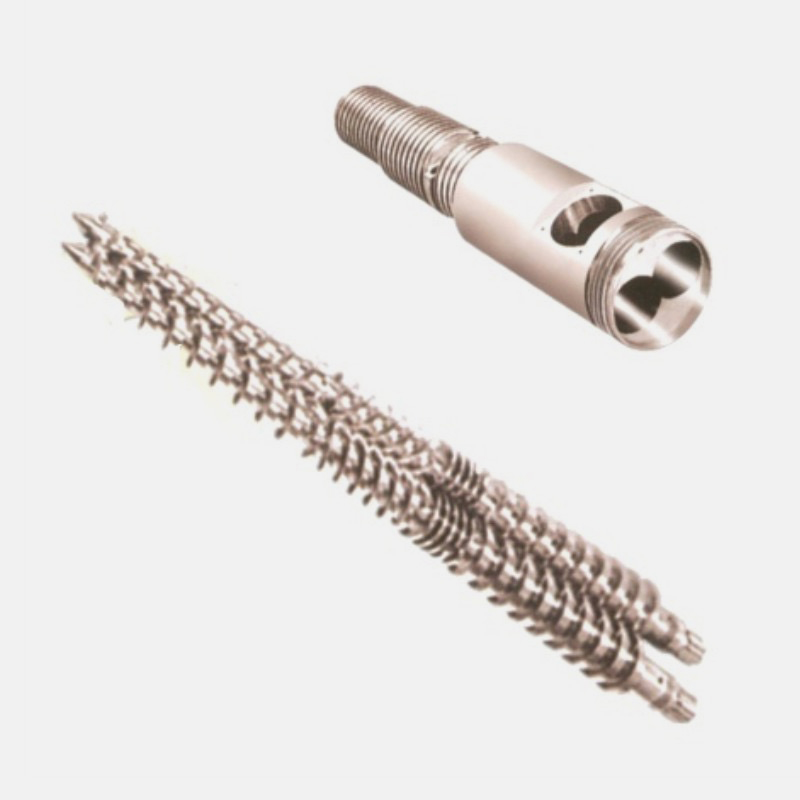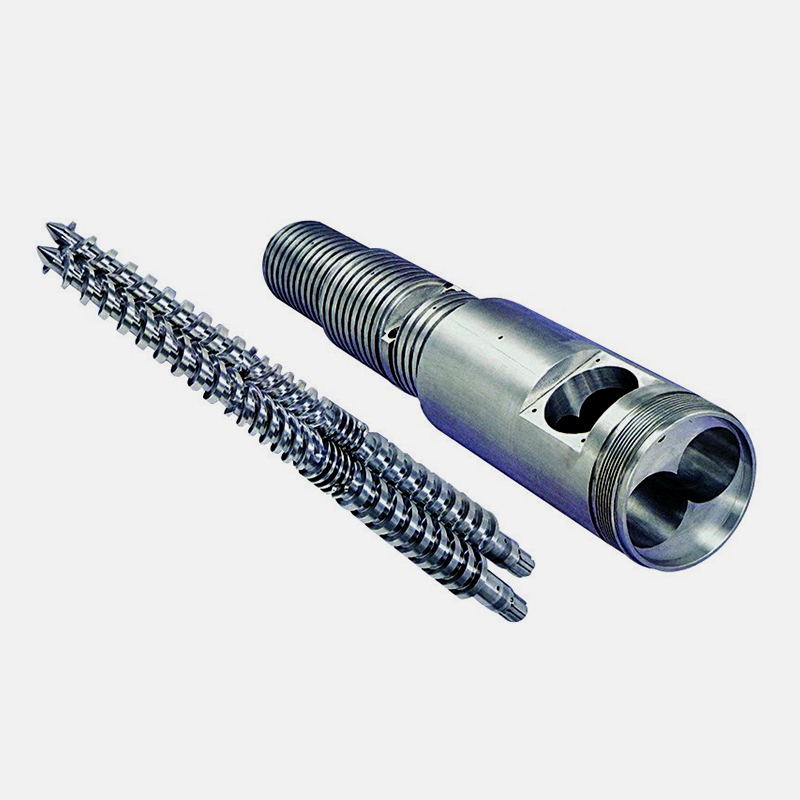Getting your
Extruder screw barrel aligned and hardened is crucial to the operation of your plastic extrusion line. It can help to reduce wear, hardening, and shearing, and may even help to increase production.Flow rate in an extruder screw barrel is shaped as a stack of drag and pressure flow. The interplay between forward "drag" flow and backward pressure driven flow determines the net flow rate of material. It also depends on the geometry of the downstream components. In addition, the temperature of the system is a crucial parameter in the calculation of throughput rate.A new analytical description for the channel height h(x) was developed in investigations. Previously, the geometry of the channel was assigned to cylindrical coordinates. For the purpose of simplifying calculation, the channel geometry was set in a two-dimensional level.The screw channel is divided into segments with different heights and depths. In addition, the area of the twin screw channel is expanded with radial clearance of the barrel.
Extruder screw barrel for PVC plastic machine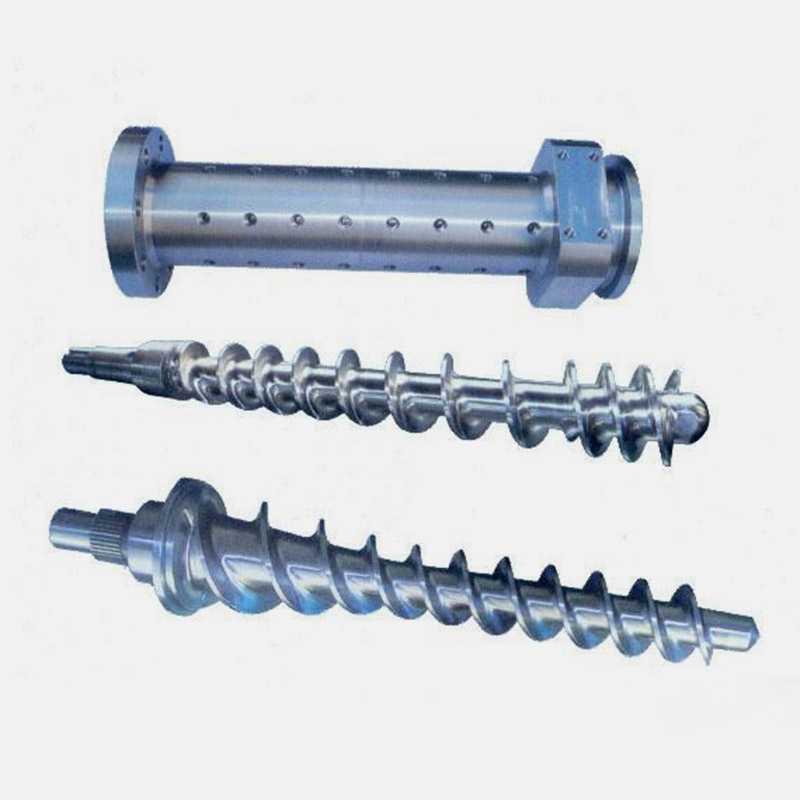
Material: 38CrMoAlA, 42CrMo(JIS SCM440), SKD11,61
Diameter: Φ15mm-350mm
Application: Suit for cable , sheet , pipe , profile
Nitride Case Depth: 0.5mm-0.8mm
Nitride Hardness: 1000-1100HV
Nitride Brittleness: ≤Grade One
Surface Roughness: Ra0.4um
Screw Straightness: 0.015mm
Alloy Hardness: HRC68-72
Designing: Screw structure and compression ratio can be designed according to different products & different output re quirement.
For what plastic machine: extruder/extrusion machine
During the manufacturing process, the barrel assembly of an extruder screw barrel must be aligned in order to ensure the proper function of the extruder. Correctly aligned barrels are important in extending the lifetime of the extruder screw barrel and its associated gearbox. This is an important factor in maximizing the efficiency of the extruder as well as the product quality.An alignment structure is used to achieve the best possible barrel alignment. The structure comprises a plurality of alignment pins, preferably symmetrically distributed along the end surface of the barrel section. These pins can be fixed by any joining means known in the art. The structure also includes a plurality of alignment slots that are used to ensure that the alignment pins are aligned properly.The number of alignment slots is determined in order to accommodate the relative thermal expansion of the barrel sections. Each slot has a length that is proportional to the width of the alignment pin. The slot may be located on the interior of the barrel section or may have a clearance on both sides of the slot.Whether you're working with plastics or resins, there are a number of wear problems associated with extruder screw barrels.
They can be caused by various factors including metal-to-metal contact, abrasive particles, corrosive wear and adhesive wear.In order to reduce wear, suppliers use various techniques. Some of these include heat treating, flame hardening and nitriding (ION).In addition to providing abrasion and corrosion resistance, barrels are also used to reduce heat supply to the process. They are typically made of special bimetallic hardened liners. They are made to withstand high pressures and temperatures.A typical extruder screw barrel has three functional zones: the root, metering section and mixing zone. These zones serve to enhance mixing and ensure that the pumping pressure is set correctly.The root is a cylindrical or conical shape. It is located between the flights of the barrel. The root's diameter is usually smaller than the diameter of the flights.During extrusion, the screw barrel is the heart of the process. As the screw rotates, the molten polymer moves through the barrel to fill its channels and outlets. This process is important for many reasons. Excessive shear heating may lead to degradation of the polymer. It can result in a discoloration of the resin or even black specks. This can result in property loss.
Excessive shear heating can be minimized by designing a screw with a lower shear rate in the melt section. In addition to reducing the melting temperature, this may also result in a shorter transition section. Having a low shear rate can also reduce throughput rates in single-screw extruders.A common method of estimating the average shear rate is by comparing it to the flow rate. This can be done by a number of methods, including an exact method, an approximate method and a combination of both. However, the exact method gives more accurate results.Various techniques have been used by suppliers to reduce wear. They include flame hardening, intrinsically hard coatings, and heat treating.There are also a number of wear-related factors that can be controlled through design and assembly. These factors include the material, the length to diameter ratio of the barrel, and the taper.In general, a barrel and screw system should be well-aligned and rigid during screw rotation. The barrel should have a taper length that matches the screw diameter. It should also be made of materials that can withstand high pressures and temperatures. These materials include ductile iron and high-quality cast iron.

 English
English 简体中文
简体中文 España
España عربى
عربى

